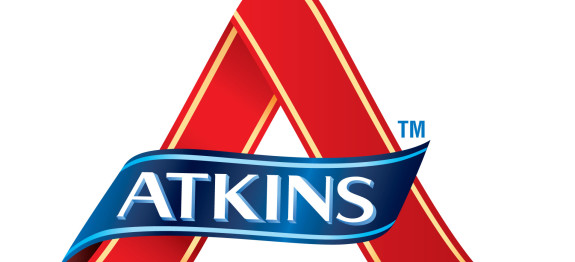Atkins Diet
The Atkins Diet was initially aimed at individuals with obesity. The main focus is on reducing the amount of carbohydrates and at the same time increasing the amount of fat.
Atkins consist of four stages. Very small amounts of carbohydrates are allowed (20 g) in the first stage which is termed induction. This usually leads to rapid weight loss. In he next steps carbohydrates are added in specific increments until you find the level of carbohydrate consumption at which you can continue to loose weight gradually. You stay at that level of carbohydrate consumption until you are within a few pounds of your goal, then you can move into the last phase which is considered to be a lifetime maintenance plan.

Atkins diet, Induction, Ongoing Weight Loss (OWL), Pre-maintenance, Maintenance.
The four stages
First stage (induction). This stage should last for two weeks. The Atkins diet is really quite simple. You do not count calories. You do not count protein. You do not count fat. You can eat all the fat you desire but trans fats should be avoided. You do have to count carbohydrates and they are very limited in the first stage, you can have up to 20 grams a day preferably in the form of salads or uncooked vegetables. Starch, grains, sugar, fruit and alcohol is prohibited. Coffee was initially not allowed because it could stimulate cravings. In a new version of the Atkins Diet, “The new Atkins” coffee is allowed because it me stimulate fat burning.
Weight loss is usually quick and may be quite dramatic in the first stage. The weight loss is due in large part to loss of water and bloat because insulin´s message to the kidneys to store salt is reduced.
Atkins suggested that you relatively soon move second phase although you may continue in the first stage for up to four weeks. The second stage is called “ongoing weight loss” (OWL). In this stage you have to define what is called “Critical Carbohydrate Level for Loosing” (CCLL). This is done by slowly adding back carbohydrates at a rate of 5 grams per week which allows you to eat 25 grams a day for the first week of the second stage. If you continue to loose weight, you go up to 30 grams a day for a week. This is continued until weight loss stalls, and then you cut back to the previous level. That level is defined as CCL.
When you are 5 to 10 pounds from your goal you move to the the third phase (premaintenance). In this phase you increase your carbs by another 10 per day for a week. Again you are looking for the level of carbohydrate consumption that will let you keep loosing, although at a much slower rate than before. Atkins thought it was important at this stage to slow the weight loss down to less than a pound a week for 2 to 3 months. At this stage you are adapting to a new long term lifestyle and preparing for the fourth step (Lifetime maintenance) where you will eat the amount of carbs that lets you stay at the weight achieved. The amount of carbohydrates people can eat at this stage varies very much but is usually between 25-90 gram a day, sometimes more among those who exercise much.
What You Can Eat and What You Can’t
The first part of the plan, called the induction phase, has these rules:
- No more than 20 grams of carbohydrates per day, mostly from certain vegetables
- Protein and fat from poultry, fish, eggs, red meat, butter, and vegetable oils
- No pasta, bread, grains, fruit, starchy vegetables, or dairy other than butter, cheese, and cream
- No nuts, seeds, or legumes like beans
- No caffeine
- No alcohol
Next comes the “ongoing weight loss” stage, when you slowly add more vegetables, and you can include seeds, nuts, legumes, berries and other fruit, wine and other low-carb alcohol, and whole grains.
After that, to help keep the weight off, you may be able to eat more carbs and add more foods to your diet, depending on your body’s needs.
The Atkins Nutritional Approach gained widespread popularity in 2003 and 2004. At the height of its popularity one in eleven North American adults was on the diet.[19] This large following was blamed for large declines in the sales of carbohydrate-heavy foods like pasta and rice: sales were down 8.2 and 4.6 percent, respectively, in 2003. The diet’s success was even blamed for a decline in Krispy Kreme sales.Trying to capitalize on the “low-carb craze,” many companies released special product lines that were low in carbohydrates.
Read More
Get more recipes and cooking tips
in your inbox
Subscribe to our mailing list and get interesting recipes and cooking tips to your email inbox.














